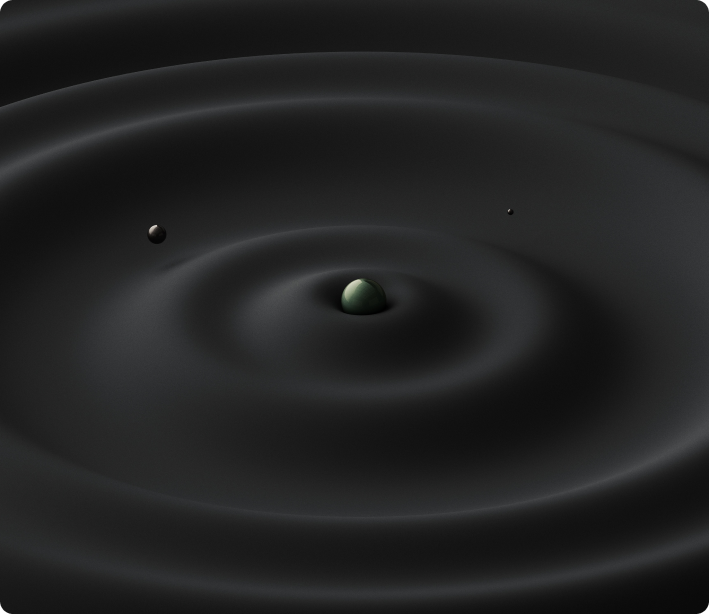DIT HOLLAND
B.V.
DIT Holland B.V. specializes in industrial balls and rollers.
We deliver at home and abroad, delivery terms are fast and flexible.

Balls are crucial in a wide range of applications, from medical devices to industrial machinery. They ensure efficient operation in sectors such as precision mechanics, pharmaceuticals, automotive, printing presses and even aviation.
Rollers, made of hardened chromium alloy steel with high carbon content, offer high hardness and wear resistance. For efficient operation in industrial applications such as conveyor systems, printing presses and paper machines.




DITH
Materials

STEEL BALLS
1) Chrome steel balls, 100Cr6, AISI 52100, through hardened
2) Carbon steel balls, C10/C15/C85, AISI 1010/1015/1085, umhardened, surface hardened
3) Tool steel balls, Tool steel S-2, ASTM A-681, hardened 55-58 HRC, tough and wear. resistant
Steel industrial balls are essential components in a variety of applications, from bearings to valves and many other mechanical systems.

STAINLESS STEEL BALLS
1) Stainless steel balls, AISI 420, AISI 440, hardened
2) Stainless steel balls, AISI 304, AISI 316 unhardened
3) Corrosion resistance
4) Good mechanical propertyies, toughness
Stainless steel balls are essential components in a variety of applications, from bearings to valves and many other mechanical systems.

METAL ALLOY BALLS
l1) Brass(conduction)
2) Copper, bronze
3) Aluminium
4) Titanium
5) Nikcel Alloys, Hastelloy, Incoloy, Inconel, Monel
6) Tungsten Carbide,
Cobalt or nickel alloyed
These metal alloys are used when, for example, electricak conduction is required, or high temperature resistance, or hardness, wear resistance.

CERAMIC BALLS
1) Silicon Nitride(Si3N4)
2) Silicon Carbide(SiC)
3) Alumina Oxide (Al2O3)
4) Zirconia Oxide(ZRO2)
5) Also Ruby, Sapphire
Ceramic balls offer a range of properties that make them ideal for industrial applications. They are known for their hardness, heat resistance and chemical stability.

RUBBER BALLS
1) NBR
2) EPDM
3) Viton
4) Polyurethane rubber
Industrial rubber balls are often used in situations where softness and flexibility are required. They can serve as dampers, seals, or vibration isolators in various machines and devices.

PLASTIC BALLS
1) POM(Polyacetal)
2) PP(Polypropylene), hollow PP balls
3) PA(Polyamide, nylon)
4) PU(Polyurethane)
5) PTFE(Teflon)
6) PVDF
Plastic balls are used where weight needs to be saved, and where heavier loads are not an issue, corrosion resistance and/or chemical resistance often also plays an important role.

GLASS BALLS
1) Soda Lime glass
2) Borosilicate glass
3) Inert
4) As an insulator
5) Chemical resistance
6) Relatively lightweight
Glass balls are often used in photographic, medical or pharmaceutical applications.

SPECIAL BALLS
Special balls, such as with bore or with a threaded hole. Also balls with, for example, a flattening, balls on a pin or pin or according to drawing. Hollow balls, in steel, stainless steel, brass, etc.

MAGNETIC BALLS
1) Neodymium(Nd)
2) Fridge magnets
3) Memo magnets
4) Magnetic balls , in for example "Magic Cube"
5) N35, N38, N48
6) Powerful magne
Magnetid balls are often used in systems that require som form of movement or positioning without direct physical contact. Also often used in toys, for example.
Technical

information


Standards
There are several standards applicable to the production and manufacture of industrial balls and rollers. The most common standards are:
ISO standards
DIN standards
ASTM Standards

Hardness
The hardness of industrial balls and rollers depends on the material from which they are made. We ensure that all our products meet the required hardness standards to ensure that our customers receive high-quality products that meet the required specifications.


Weights
The weight of an object is the force with which it presses on a surface. This can be affected by several factors, such as the shape, size and material of the object. The required weight of engineering balls is an important determining factor in the choice of material.



